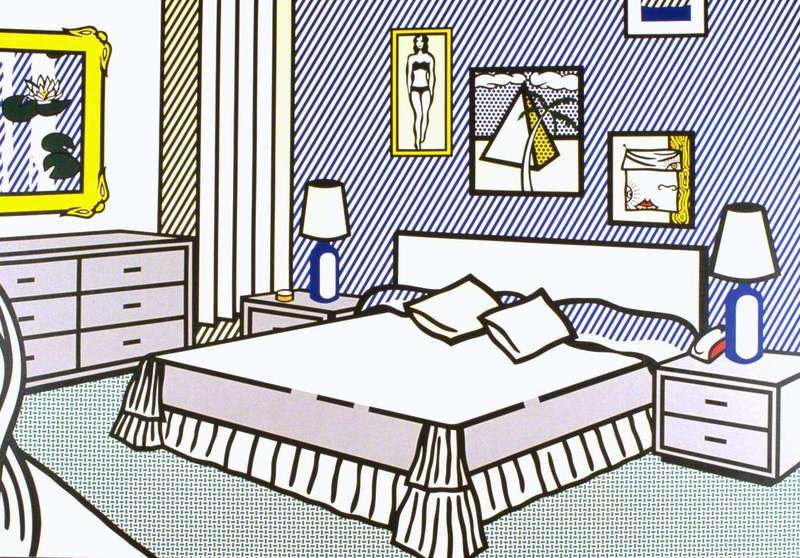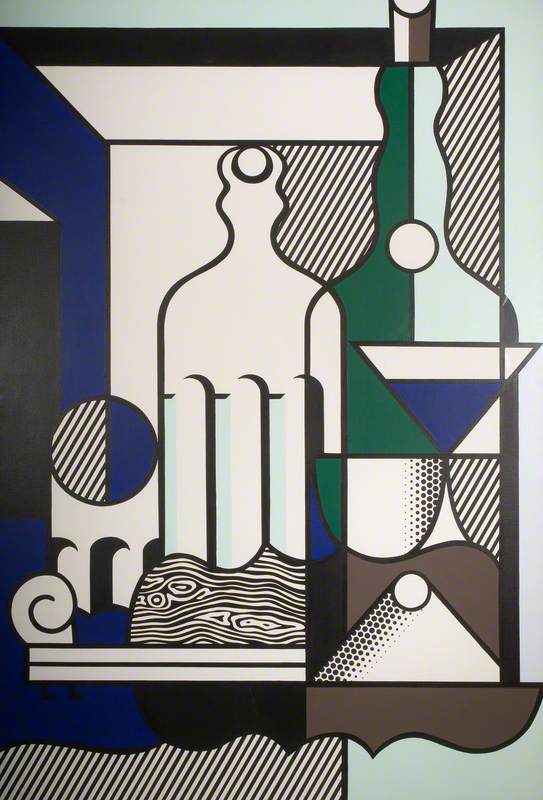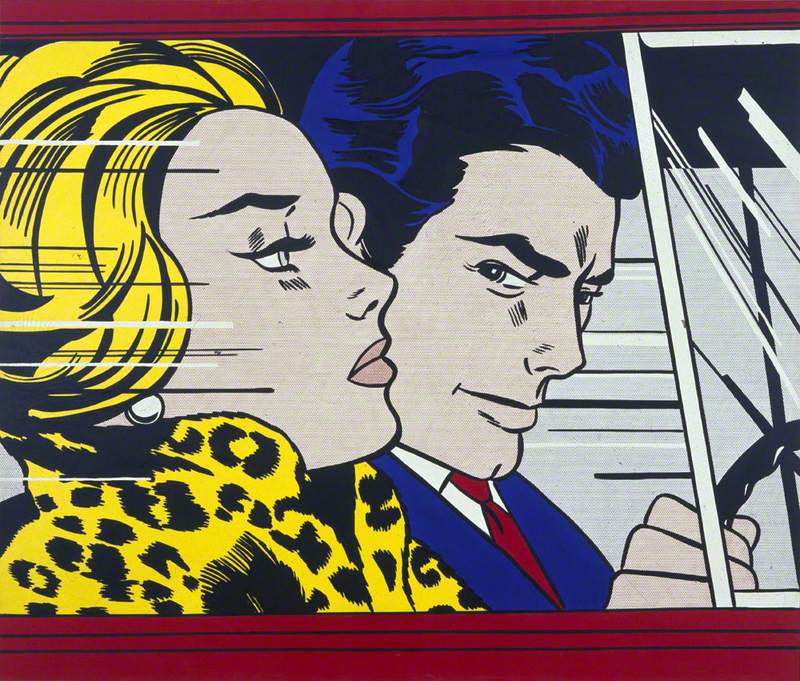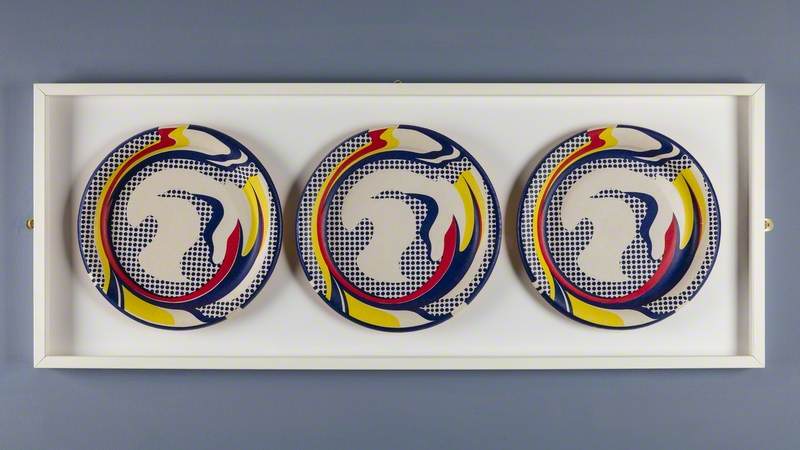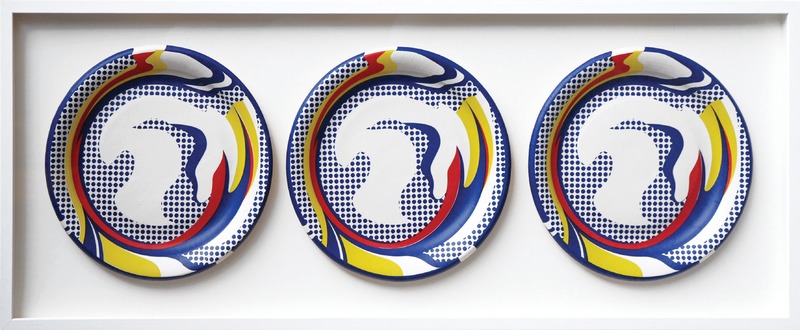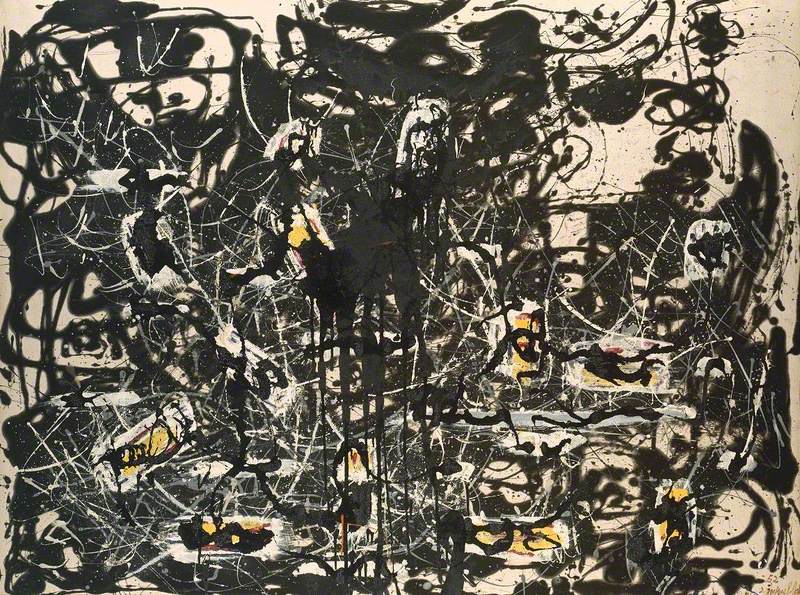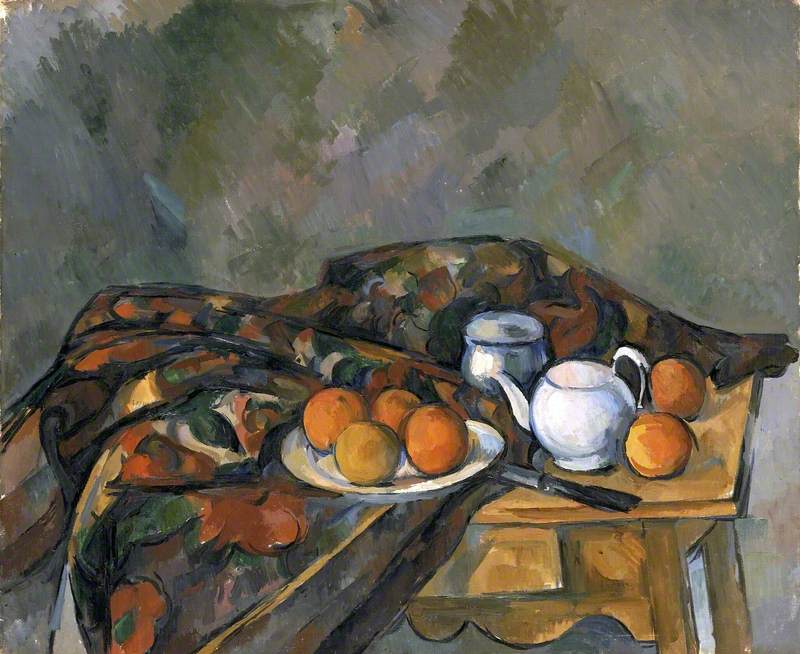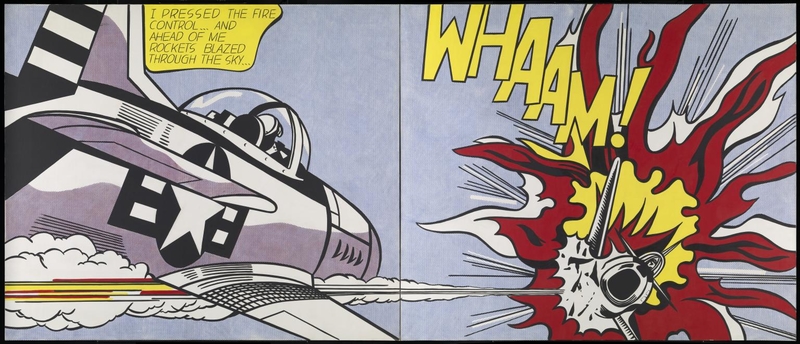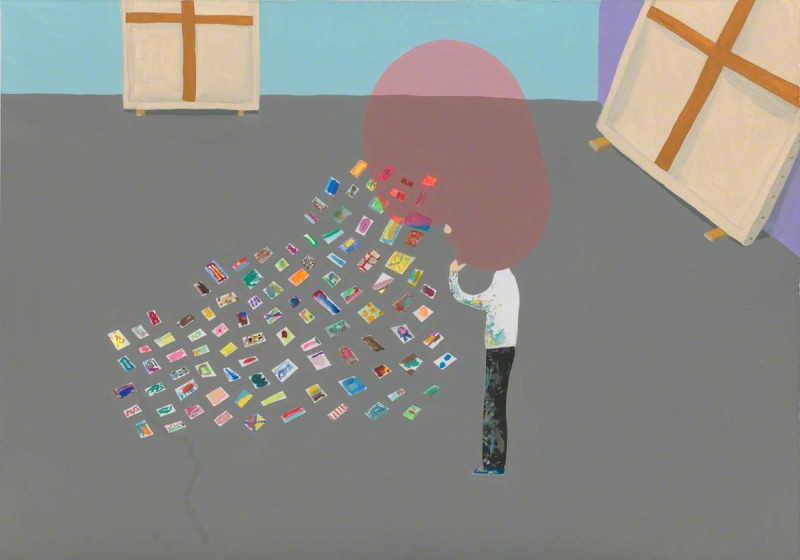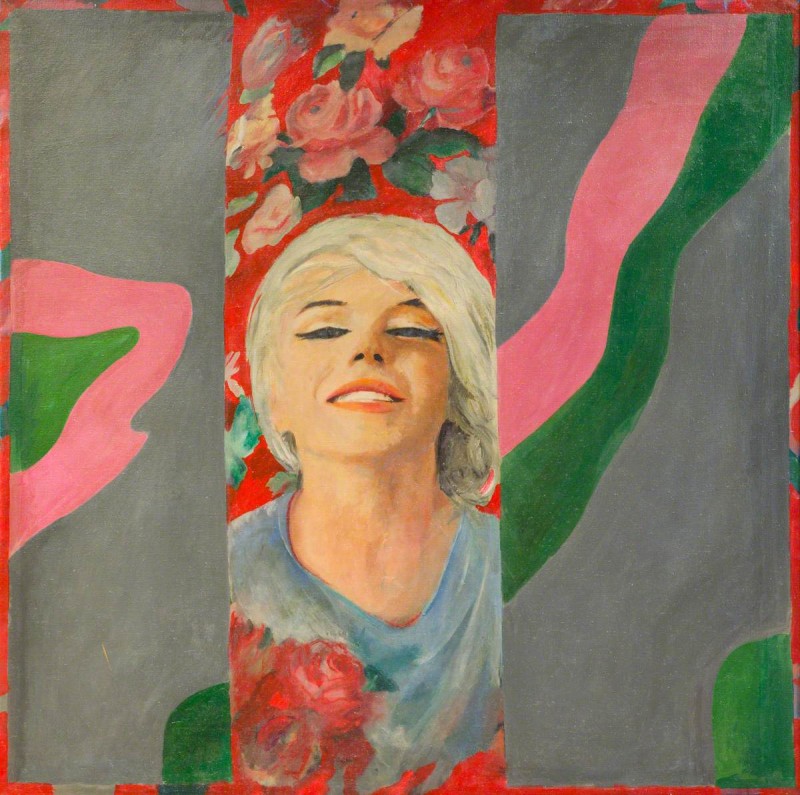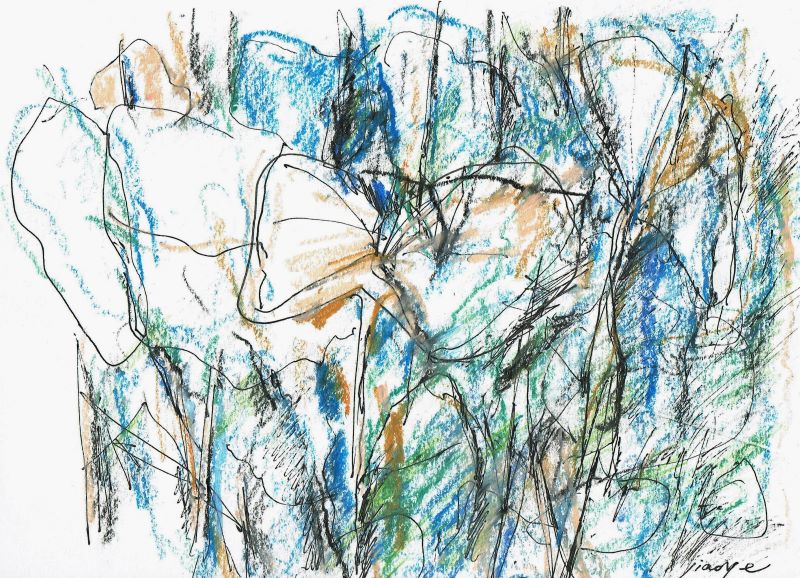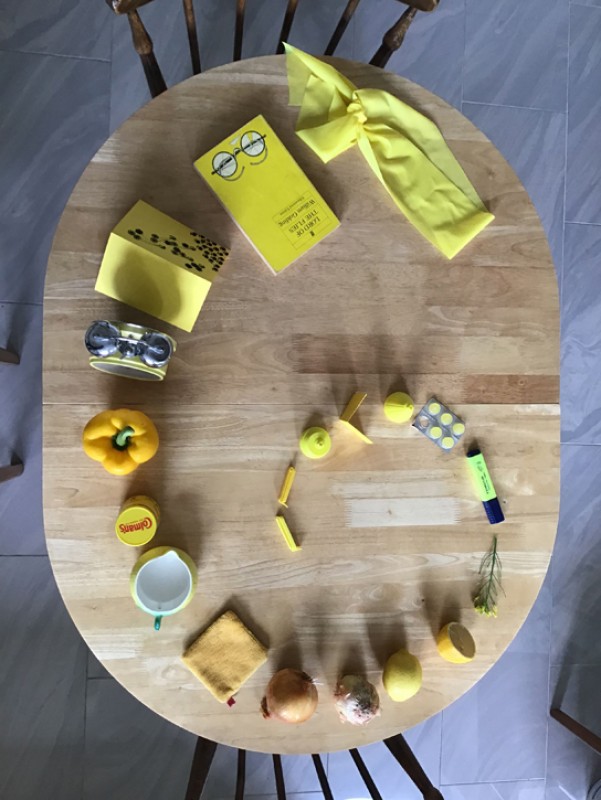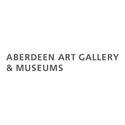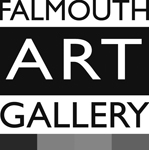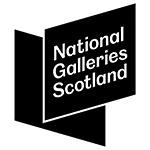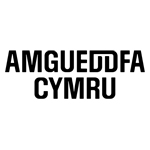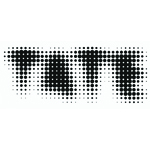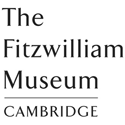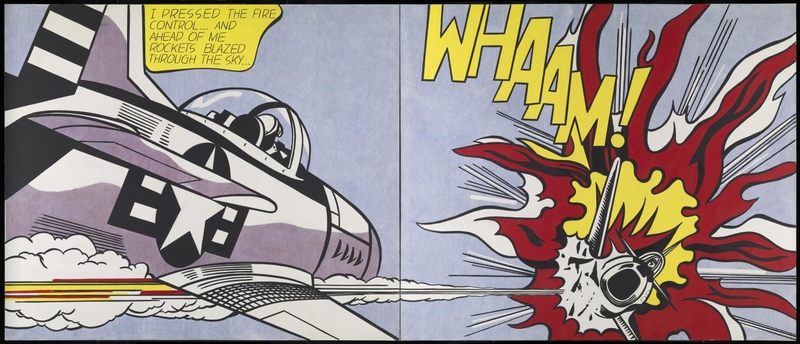
(b New York, 27 Oct. 1923; d New York, 29 Sept. 1997). American painter, sculptor, and printmaker. In the late 1950s his style was Abstract Expressionist, but in the early 1960s he changed to Pop art and his first one-man exhibition in this style, at the Leo Castelli gallery, New York, in 1962, was a sensational success. In common with other Pop artists, Lichtenstein adopted the images of commercial art, but he did so in a highly distinctive manner. He took his inspiration from comic strips but blew up the images to a large scale, reproducing the primary colours and dots of the cheap printing processes (Whaam!, 1963, Tate, London). The initial stimulus is said to have come from one of his young children, who pointed to a comic book and challenged, ‘I bet you can't paint as good as that.
Text source: The Oxford Dictionary of Art and Artists (Oxford University Press)
